My first direct experience of Challenger level tennis
On Saturday the 1st of February, I went for the first time to a Challenger tournament: more precisely, to the Challenger 100 Koblenz Open.
The Challenger Tour is the middle level of men’s professional tennis three-tier structure.
First the ATP tour, where one can usually find, depending on the tournament, from number one to number 100 in the world. The second level is the Challenger tour, usually inhabited by players between 100 and 300 world ranking, plus rising and falling stars. Lastly, the Futures tour, where one can find all the other players. While the ATP and Challenger tours can see a lot of interactions, with players moving from one to the other, players in the Futures very seldomly are able to make the jump and stay in the Challenger, or even in the ATP tour.
The close connection between the ATP and the Challenger tours is very well reflected in the incredibly high level of tennis one can experience in Challenger tournaments, despite being so-called second tier tournaments. I am going to build on that in a moment.
Stringing area
First though, writing for Tennisnerd, let me tickle the palate of every tennisnerd who’s reading this. As soon as I arrived, I took advantage of the relatively calm environment around the stringing area to exchange a couple of words with the stringers.
Highest and lowest tension of the tournament? 26 kilos (on mains) and 17 kilos (on crosses). Hybrids? Only a couple (this is a 32 player single draw and a 8 couples doubles draw), but all poly/poly, no multis (not even for the doubles players) and no natural gut (“it can be very expensive for how often pros change their strings” – and said from a Tecnifibre stringer, I am sure is very well versed in very expensive strings!).
Unfortunately, none of the players due to play today are in sight, so I ask once more the stringer: what about the semifinalists’ rackets?
Luca Nardi has his Yonex Ezone 98 in its 2022 blue cosmetic strung with Luxilon Alu Power at 24/23. Giulio Zeppieri instead has his Babolat Pure Aero 98 strung with Babolat RPM Blast at 25/24 (unfortunately the other two semifinalists’ rackets were strung by the stringer who was taking a break when I approached the desk, so no info on that). Nothing fancy there, only rather high tension to be recorded.
Ok, enough nerding, let’s move on to tennis.
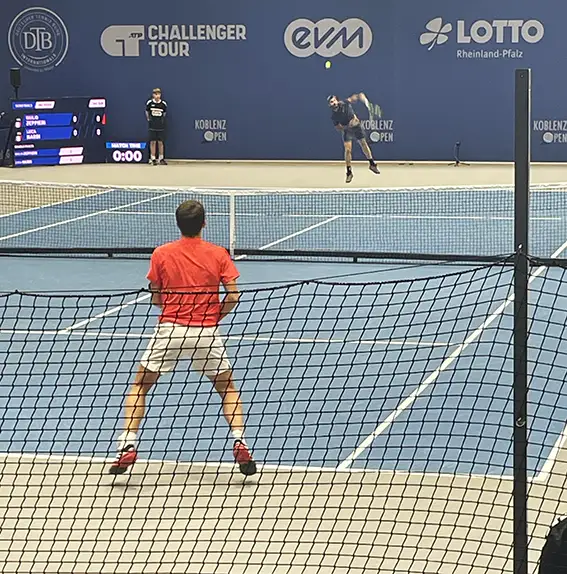
The matches
It’s semifinals day and, in particular, one it’s an all-Italian semis: Luca Nardi vs Giulio Zeppieri. Such a semi promises an exciting match.
Luca Nardi, currently 77 ranking, and 70 best ranking, is by far the best seed of the tournament, although he joined thanks to a last-minute wild card for the qualis. Even though it was not even one year ago, in tennis time it feels ages ago the time when Luca was able to shock Novak Djokovic, defeating the then number one in the world in the round of 32 of Indian Wells. Since then, Nardi has lost his momentum and is now struggling to find his way back to the top level of men’s tennis.
On the other side of the net, Giulio Zeppieri, also from Italy, only a little more south than Nardi’s Pesaro, Latina to be precise, not far from Rome. Let his current 304 ranking not fool you: Zeppieri had to undergo a wrist surgery because of a nasty injury some time ago and thus plummeted in the ranking. Exactly one year ago though, he was on the verge of the top 100 (110 on the 29th of January 2024), and considered one of the most prominent players amongst the second wave of up and coming Italians, together with the current top 100 Bellucci, Darderi, Passaro and, of course, Nardi himself.
Fun fact about Zeppieri (and myself).
It is not the first time I see Giulio play. In fact, in 2017, another life and most poignantly another job, I contributed to organise the Boys Under 16 Italian National Championship in Mantova, Italy. There and then, I saw Giulio losing in the singles semifinals (to someone who, later on, didn’t share Zeppieri’s brilliant tennis career). However, he didn’t walk away empty-handed: in fact, he won the doubles title. Curious to hear who his partner at the time was? I’m sure everyone knows him by now, as, in the meantime, he’s become the most successful tennis player in all of Italy’s tennis history. Yes, it was Jannik Sinner!
The semifinal was a close 64 76 for Nardi, who though got rather lucky in the decisive tie break, with a couple of risky shots ending up on the line and a friendly net. But that’s not the point.
The point is that, despite the so-called second tier level, despite the very few ranking points assigned to the winner of the tournament (only 100), despite the very lukewarm crowd (my daughter and our friends were the only ones making some noise and waving the Tricolore in between each points), we could enjoy an impressive, really top quality level of tennis!
To me it is striking, incredible, when I see these low-ranked players, to realise how little, tiny, almost imperceptible, are the details that make the difference between them and a top 10 or even only a top 50 player.
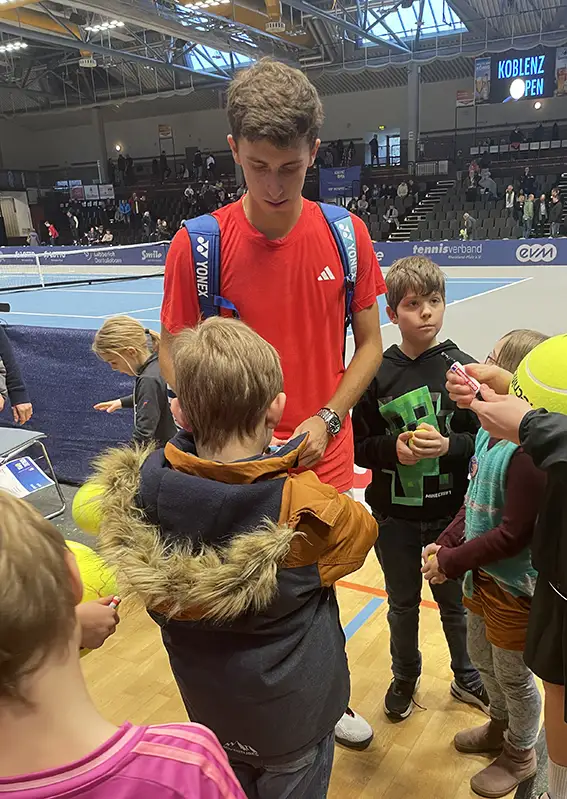
It might surprise you that the number 300 or so in the world, Zeppieri in this case, can constantly, accurately and ultimately successfully serve around and often above 200 kilometers per hour for two whole sets.
It might surprise you that the number 80 or so in the world, Nardi, can be stretched from the left to right-hand corner of the court, from a lefty opponent whipping his spinny forehands finding angles one can even hardly imagine and then, with the most sensitive of the defensive slice backhands, chipping a passing shot that cruises 1 millimeter over the net and lands smoothly and mercilessly in his opponent’s feet, thus allowing him to turn defense into offense and, eventually, win the point. Astonishing!
TV broadcasts offer no justice to the game of tennis. Camera angles make everything look way slower and easier than it actually is. And that’s all the more true with these guys, from whom most people expect, and I am the first who has to make amends here, a TV-like rhythm only because they are not on the front cover of some fashion magazines.
Nothing more wrong!
These guys can endure a 10, sometimes even 15 shot long rally, covering the whole stretch of the baseline twice or thrice, producing offensive shots with very little margin over the net to then close the point with the softest drop shots or slickest volley. And then start all over again at the following point.
I have never been to a tournament of the Grand Slam (only once I went to visit Wimbledon without Wimbledon and still is an experience I recommend to everyone). But I have been to other major events of the Tour and yes, for sure, the fan zone, the vibe, and possibly even the average level of the game is higher than everything you can find at a Challenger event.
However, take away the razmataz, the stands full of gadgets, the fancy restaurants, the special days and events and so on: what is left? What is left is the Tennis, the sport, in its simplest, someone could even argue in its purest, form. That’s what I take away from our Saturday at the Koblenz Open.
Tennis is a sport that, more than other sport experiences, is to be lived live to be able to enjoy it fully and at its best. No fancy distraction, no white noise, just tennis. In purezza, a sommelier would say.
Go see a Challenger whenever you have a chance, it will surprise you. And you’ll understand what I am saying.
Looking for new gear?
Get your tennis racquets from Tennis Only.
Our recommended tennis store for Australia!
Looking for new gear?
Get your tennis racquets from Tennis Warehouse Europe!
Use the code TNERD10 for a 10% discount right now.
Looking for new gear?
Get your tennis racquets from Tennis Warehouse.
Our recommended tennis store for North America!
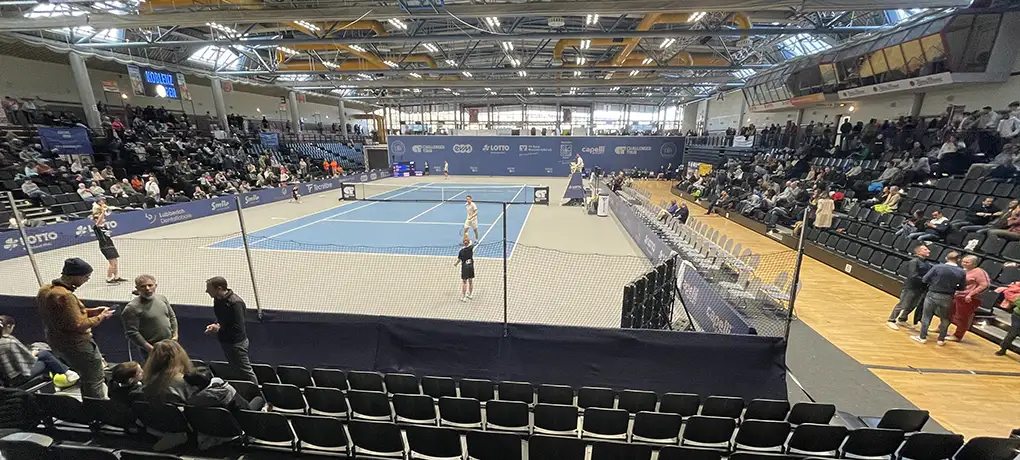


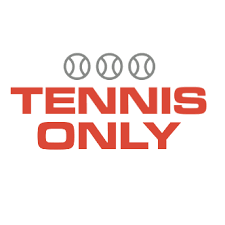





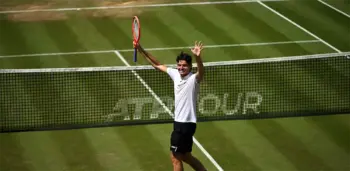
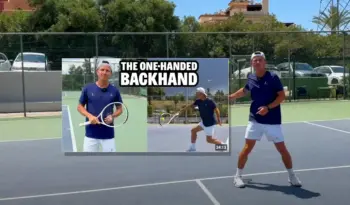

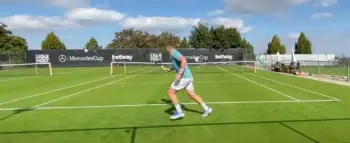
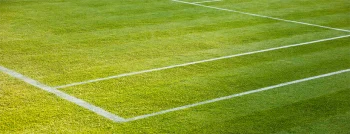
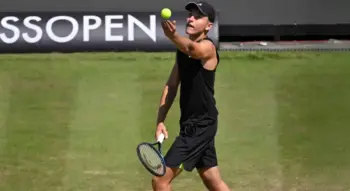
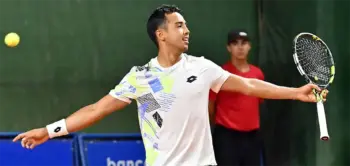
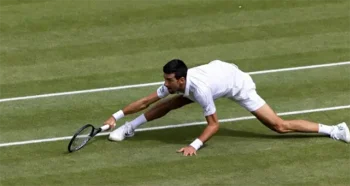
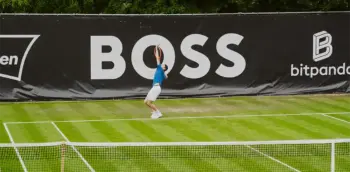
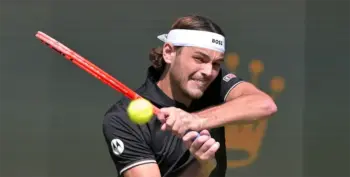

I’ve never been to an ATP tour match, but I’ve been to a couple Challengers in Brasília, Brazil. I was really impressed with the level of the matches. I watched some good players like Tabilo, Kovacevic, João Fonseca and Garin.
Seeing a live match really shows how fast and powerful pro players are.
Indeed Rafael, some challenger tournaments deserve more attention and bigger crowds than they usually get!
Great article – I don’t understand some decisions on the Challenger Tour however. We wanted to go on the finals day, but they scheduled the doubles final for Saturday. So, the Sunday was only one match and with higher ranked pros, you never know if they are going to pull out there.
We decided to not go and spend 44€ per person, which is quite some money for one match in the second tier of tennis and it seems that more than half of the stadium was empty!
Hi Simon, thank you, I am glad you enjoyed the article!
Re the rest of your comment: to add more scorn, the doubles final wasn’t even played on Saturday, because one player decided he was better off trying his chance with the qualis in Rotterdam. Similarly, ahead of Nardi’s semis with Zeppieri, the Italian press was hypothesising a similar scenario for Nardi; only he decided against it and to go on and play the semis (and then the final). So in the end we got lucky!
To be fair though, I am not sure how much of this can be controlled by the organisers. And in fact, cases like this happens also in the ATP tour. Last I read, for instance, is about Sinner: first it was announced he was going to play in Munich, so I considered buying tickets. Now I hear is no longer going because he’s changed his schedule. And, if I understand correctly, that’s due to Alcaraz’s win in Rotterdam and some ranking reasons with points to defend on clay in Montecarlo. So really, variables are multiple and often times uncontrollable.
As far as prices are concerned instead, you are right that some times there isn’t much difference between the two tours. And while I agree that doesn’t support participation, as I wrote, a Challenger semis/final is not far off from an ATP 250 early rounds, only often with fewer trims and ribbons.
It’s tricky, a fine balance difficult to find and that can easily lead to disappointment on the fans side. Certainly something the tours had better work on.